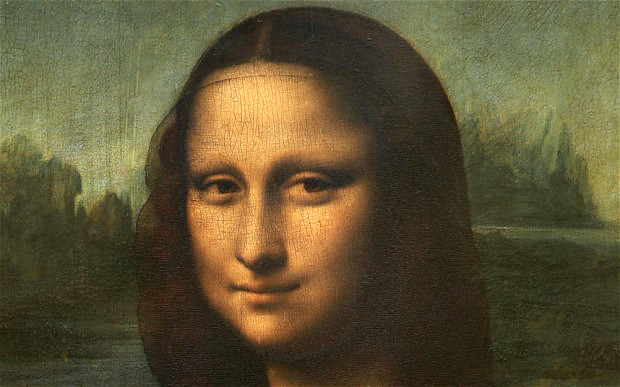There are many enduring mysteries attached to what is probably the most famous painting in art history: the Mona Lisa. Who was she? What is she smiling about? Where was the portrait painted?
Now scholar Ann Pizzorusso, combing her expertise in geology and art, believes she has found the answer to at least one of these puzzles.
The enigmatic landscape that forms the backdrop of Leonardo da Vinci’s Mona Lisa has long been a subject of speculation and intrigue. Ann Pizzorusso has made a significant claim that she has identified the actual location depicted behind the famous figure of the Mona Lisa. According to Pizzorusso, the key to unlocking this centuries-old mystery lies in the detailed geological features that Leonardo meticulously included in his painting.
By combining her expertise in geology with a deep understanding of Renaissance art, Pizzorusso has proposed that the landscape corresponds to specific geographical features found in Lecco, on the shores of Lake Como in the Lombardy region of northern Italy. This revelation not only offers a new perspective on Leonardo’s work but also exemplifies the intersection of art and science, demonstrating how interdisciplinary approaches can lead to groundbreaking discoveries in the understanding of historical artworks.
Michael Daley, director of watchdog ArtWatch UK, said of Pizzorusso’s findings: “Because she has bona fide scientific knowledge, when she notices things in Leonardo – the most scientific artist ever – they’re momentous.”
He adds that, “Art historians all speculate on where the Mona Lisa was painted. Anybody who sees a bridge thinks it was there. But Pizzorusso has compellingly pinned down the location with proof of Leonardo’s presence in the area, its geology and, of course, a bridge.”
Jacques Franck, a former Leonardo consultant to the Louvre, concurs: “I don’t doubt for one second that Pizzorusso is right in her theory, given her perfect knowledge of the geology of the Italian country – and more precisely of the places where Leonardo travelled in his lifetime, which could correspond to the mountainous landscape in the Mona Lisa.”
This weekend Pizzorusso will present her evidence at a geology conference in Lecco.
“I am actually euphoric about these findings – and there is a near-certain possibility that Leonardo painted [the landscape] from the exact spot where we are holding our conference,” she said.












